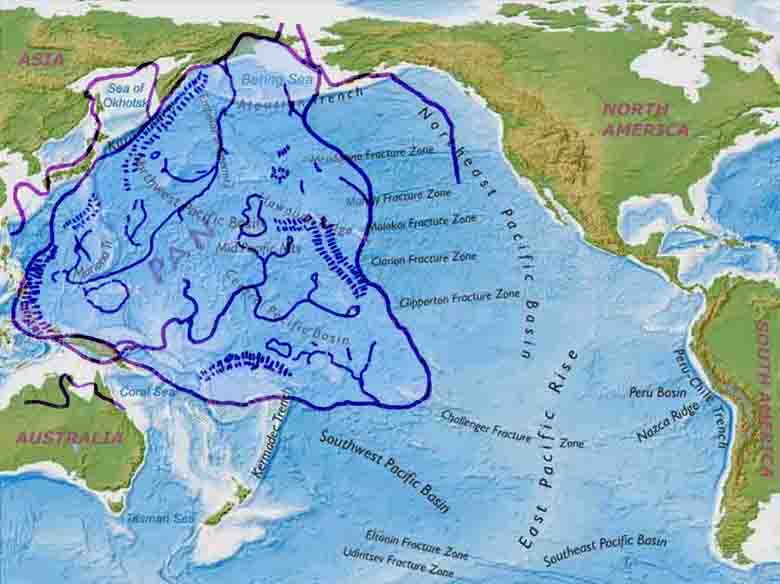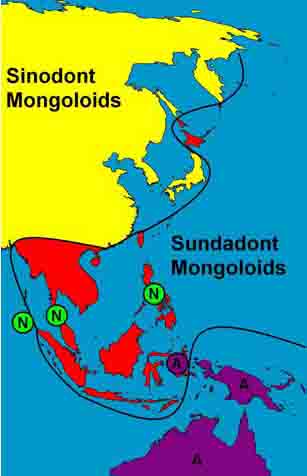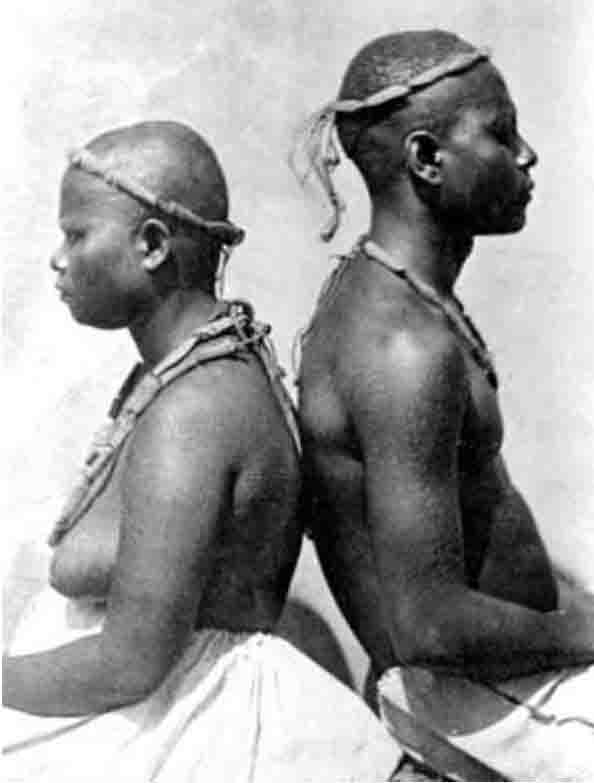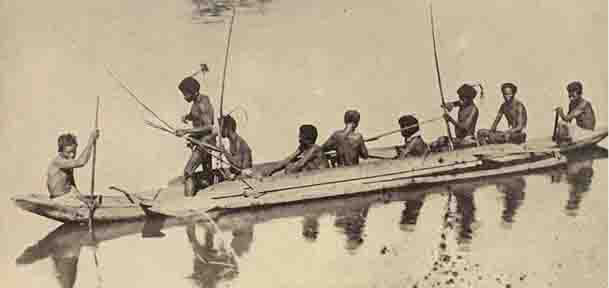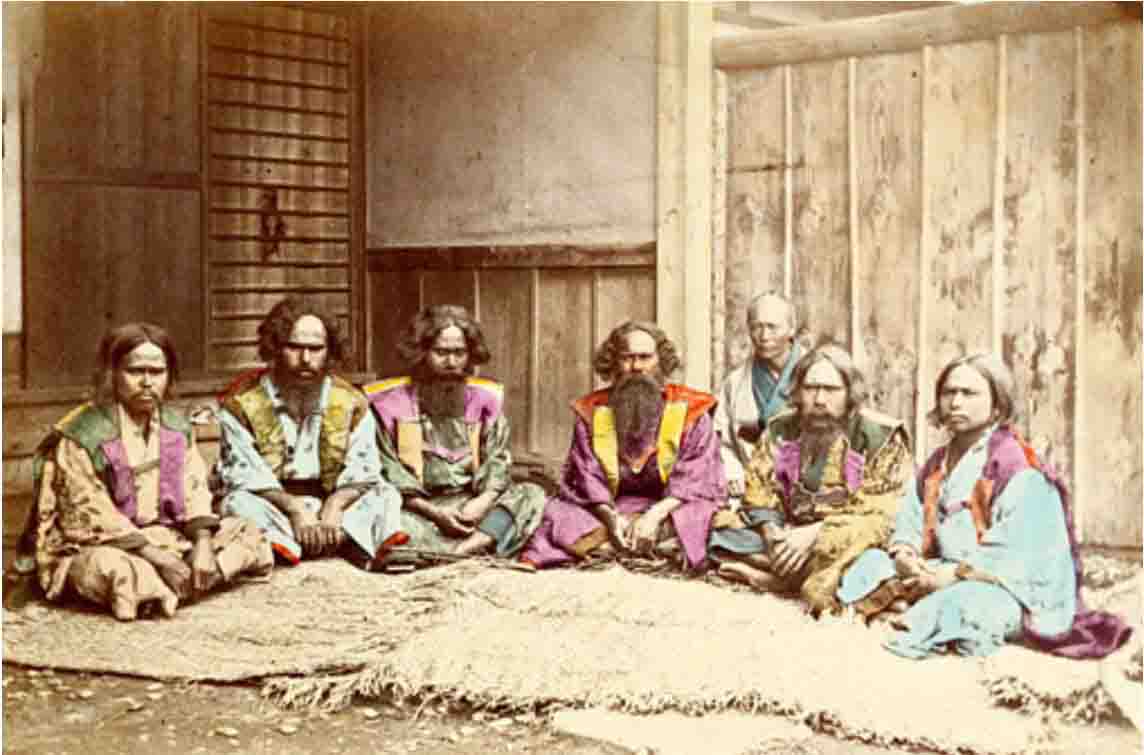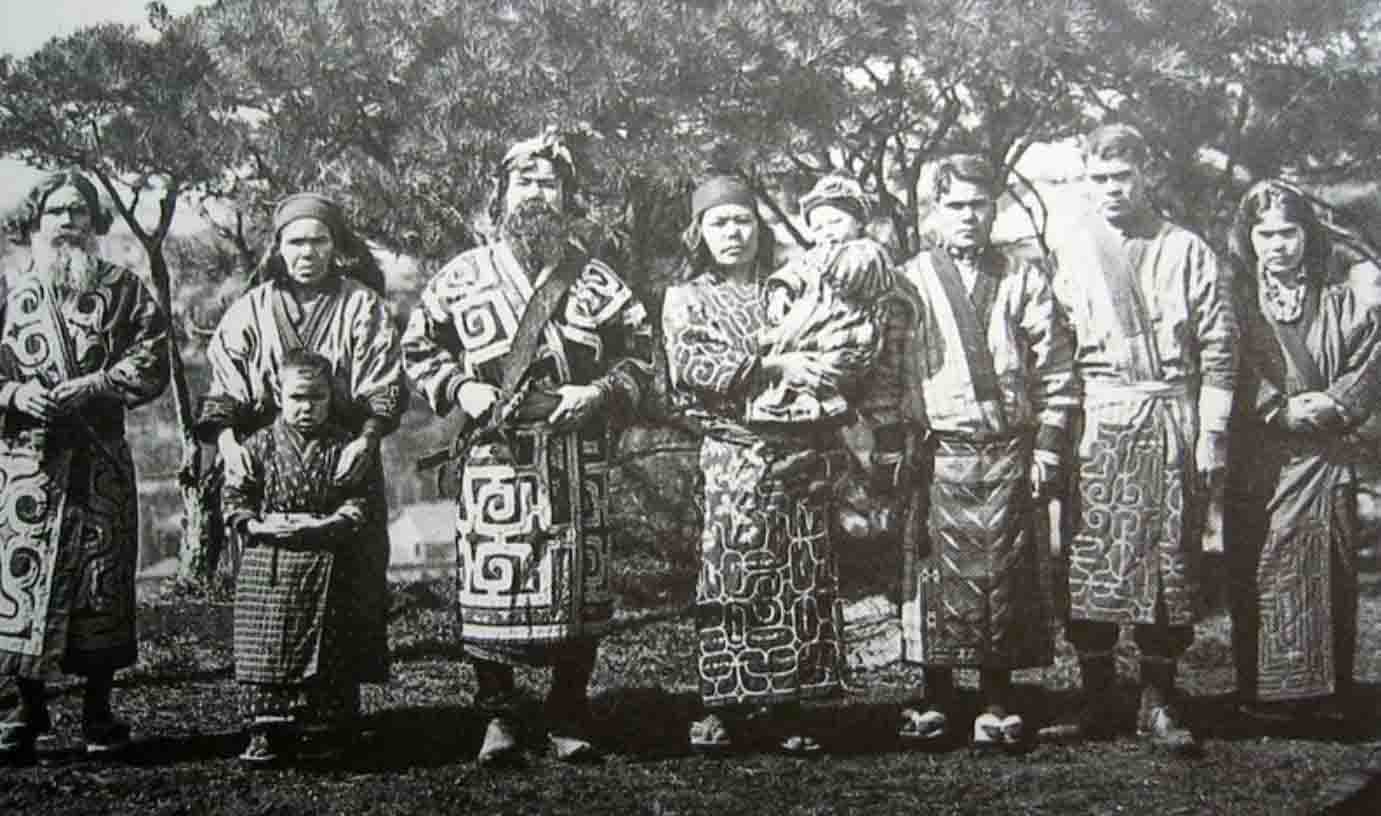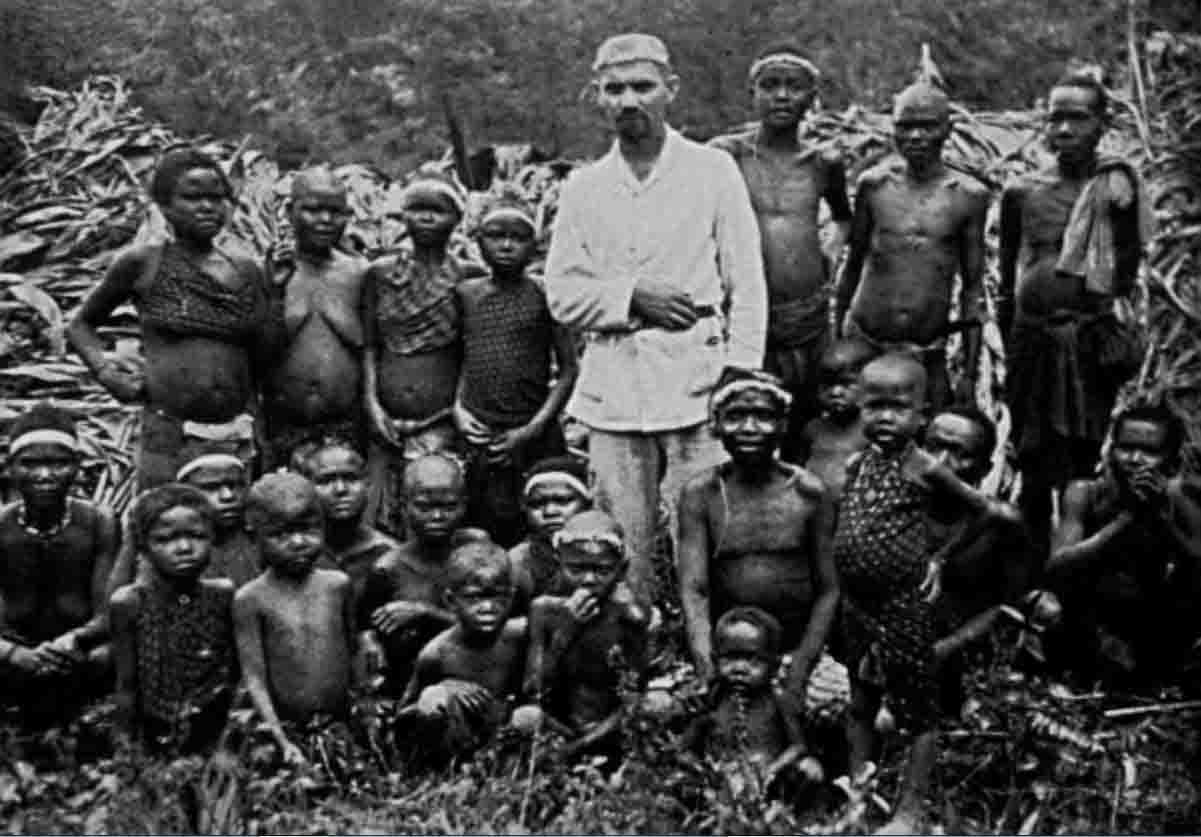Oahspe Study
Stories of the Flood (the Deluge) Part I |
|
|
||||||||||||
|
Flood Stories from Around the World ~ Oahspe confirms the reality of a Flood or Deluge --- it was the submergence of a great continent in the Pacific Ocean some 25,000 years ago. It was in this continent, Pan (signifying earth), that the development and culture of man had been concentrated for more than 50,000 years.
The mythologized story of the Deluge/Flood is not unique to the Ezra Bible (Old Testament) --- ancient Babylonian texts, older than the Ezra Bible share the same story, and similar myths are found the world over. Dozens of these traditional stories of the Flood have been collected and Summarized by Mark Issak. Many of these stories were known only among the ethnic groups handed down from their predecessors, collected and published only after Oahspe was written. Many details in these stories not found in the Judeo/Christian Noah story confirm that various scattered groups of mankind kept alive different elements of the events of the flood in their stories, confirming that Oahspe has revealed much that was unknown at the time of its publication in 1882.
Common Themes:
● Certain people were told to build boats beforehand, those who did not build perished ● Five people or tribes, very few survivors ● Waters receding and birds being set free to find land ● Constellations of Stars and Mountains as refuge ● Waters from below and above ● Winds ● Fire-water from heaven ● Water from hole in heaven ● A common language ● The first foods
Often common story details demonstrate connections to regions from which they originate from. It is interesting, and certainly confirms Oahspe's account, that around the Asian Pacific Rim many of the stories have earthquakes and waters of the ocean rising or land sinking and mountains as refuge, often lacking any details of boats. Below are some examples of Pacific Island and Rim tales.
|| Tahiti, Pacific Islands: The Supreme God was angry and dragged the earth through the sea. By a happy chance, the island of Tahiti broke off and was preserved. ||
|| Hawaii: All the land was once overflowed by the sea, except for the peak of Mauna Kea, where two humans survived. The event is called kai a Kahinarii (sea of Kahinarii). There was no ship involved. ||
|| In the earliest times in Hawaii, there was no sea, nor even fresh water. Pele came to Hawaii .....At Kanaloa she poured the sea from her head. It rose until it covered the high ground, leaving only a few mountains not entirely submerged. She later caused it to recede to what we see today. This sea was named after the mother of Pele, Kahinalii..... ||
|| Batak (Sumatra): The earth once rested on the three horns of the giant snake Naga Padoha, who grew tired of its burden and shook it off into the sea...... ||
|| Nias (an island west of Sumatra): The mountains quarrelled over which of them was the highest. In vexation, their great ancestor Baluga Luomewona caused the oceans to rise by throwing into a sea a comb which became a giant crab which stopped up the ocean's outlet sluices. The water rose to cover all but the tops of two or three mountains. The people who had escaped to these mountains with their cattle survived..... || || Rotti (southwest of Timor): In former times, the sea flooded the earth and destroyed all plants and animals; only the peak of Lakimola remained above water. A man, with his wife and children, took refuge there..... ||
|| Gunwinggu (northern Arnhem Land, Australia): The first people were living in what is now the middle of the sea. In ignorance, some of them knocked a maar rock, a dangerous Dreaming rock. After they went home, rain fell for a long time, and fresh water came running in search of them..... ||
According to the map of Pan in Oahspe, The Philippines were a part of Pan on the West Coast, and these regions have stories of mountains where the survivors found refuge:
|| Ifugao (Philippines): A great drought dried up all the rivers. The old men suggested digging in a river bed to find the soul of the river. After three days of digging, a great spring gushed forth rapidly enough to kill many of the diggers. While the Ifugaos celebrated the waters, a storm came, the river kept rising, and the elders advised people to run for the mountains, as the river gods were angry. Only two people made it to safety, a brother and sister, Wigan and Bugan, on the separate mountains Amuyao and Kalawitan..... ......Only a brother and sister named Wigam and Bugan survived a primeval flood, on Mount Amuyas. ||
According to Oahspe only a small number of I'hins (little people) survived the dark times before the flood --- some 12,000 out of what were once many millions worldwide more than three thousands of years before. These few I'hins were located on the continent of Pan. They were the little people who entered boats they were inspired to build and thus survived the submergence of the continent. Many thousands of years after the flood the race of the little people became impotent and extinct, but they had previously mixed with the natives of the lands where their refuge ships landed, and from the union sprung modern man, the Ihuan-Ghan (Read more of this in Oahspe's Book of Aph).
Among the surviving stories of the flood, a common theme is that of families of brothers and sisters saved from the flood and becoming the ancestors of all the people of the world. The small numbers of survivors are ubiquitous in the flood stories, and the weavers of tales found ways to explain how they managed to repopulate, and how different colored people came to be.
|| Miao (Hmong) (southern China, north Thailand, Laos): .....The iron boat sank, but the wooden boat floated up to the sky. Seeing the earth flooded, the Lord of the Sky sent a dragon in the shape of a rainbow to dry it. The brother wanted to marry his sister, but she resisted. But after various tests proved it was the will of the Lord of the Sky, they married. Their child had no head or limbs. Thinking it was an egg, they cut it open. It contained no child, but the pieces became people when they fell to earth. By cutting it into the smallest possible pieces, they created innumerable children and repopulated the earth. ||
|| Kammu (northern Thailand):.....They looked far and wide for mates, but they were the only survivors. A malcoha cuckoo sang to them, "brother and sister should embrace one another." They slept together. After seven years, the child was born as a gourd. They put it behind their house and went about their work. Later, hearing noises from the gourd, they burnt a hole in its shell, and people of the different races came out, first Rumeet, then Kammu, Thai, Westerner, and Chinese. The Rumeet are darker because they rubbed off charcoal around the hole. At first, none of those people could speak. They sat down in a row on a tree trunk, it broke, and they all cried out, and with that they were able to speak. Later, the different people all learned different ways of writing. || || Khmu (northwest Vietnam): First the Xa (Khmu) came out. The husband enlarged the hole and the Thai, the Lao, and the Lue came in turn. The wife took the stick and cut the gourd open, and the Vietnamese and Chinese came out. The Xa were soot-covered, so their skin is black. The Thai, Lao, and Lue were less sooty, so they are not as dark. The Vietnamese and Chinese were not soot-covered, so their skin is white. ||
As we see from the three Flood stories above, the people of the east were familiar with peoples of various skin colors but nevertheless considered them all to be descendents of flood survivors. The order in which the different colors appeared in the narratives is also significant, it may provide clues as to the identity of some of the survivors. Among the people of the Pacific rim are the ancient "Negrito" groups, the name denotes "small black person". They are spread far and wide across south east Asia. Although they have dark skin and woolly hair, they are no more related to Africans than any other racial group. Common features indicate they share the same ancestry with ethnic groups that are "inexplicably" distant and isolated from one another. While many of these little people were dark skinned, not all of them are. Other ubiquitous characteristics such as diminutive height, particular dental characteristics (sundodonty vs sinodonty), curly hair and in various cases, copious body-hair, identify the ancient Ainu of the island of Hokkaido in Japan and Sakhalin and the Kuril Islands in eastern-most part of Russia, as related to Negritos further south.
The Negritoes of South East Asia
|| The term Negrito refers to several ethnic groups who inhabit isolated parts of Southeast Asia. Their current populations include 12 Andamanese peoples of the Andaman Islands, six Semang peoples of Malaysia, the Mani of Thailand, and the Aeta, Agta, Ati, and 30 other peoples of the Philippines.....descendants of one of the founder populations of modern humans. ||
All Oahspe references are from the modern language edition: Oahspe Standard Edition 2007
●
GO TO NEXT
ARTICLE:
|

